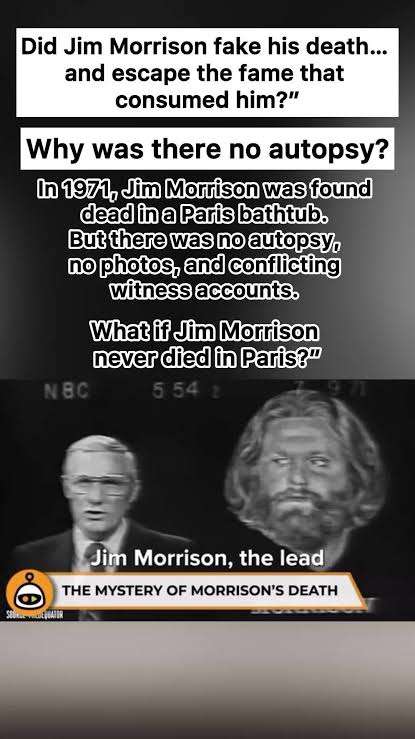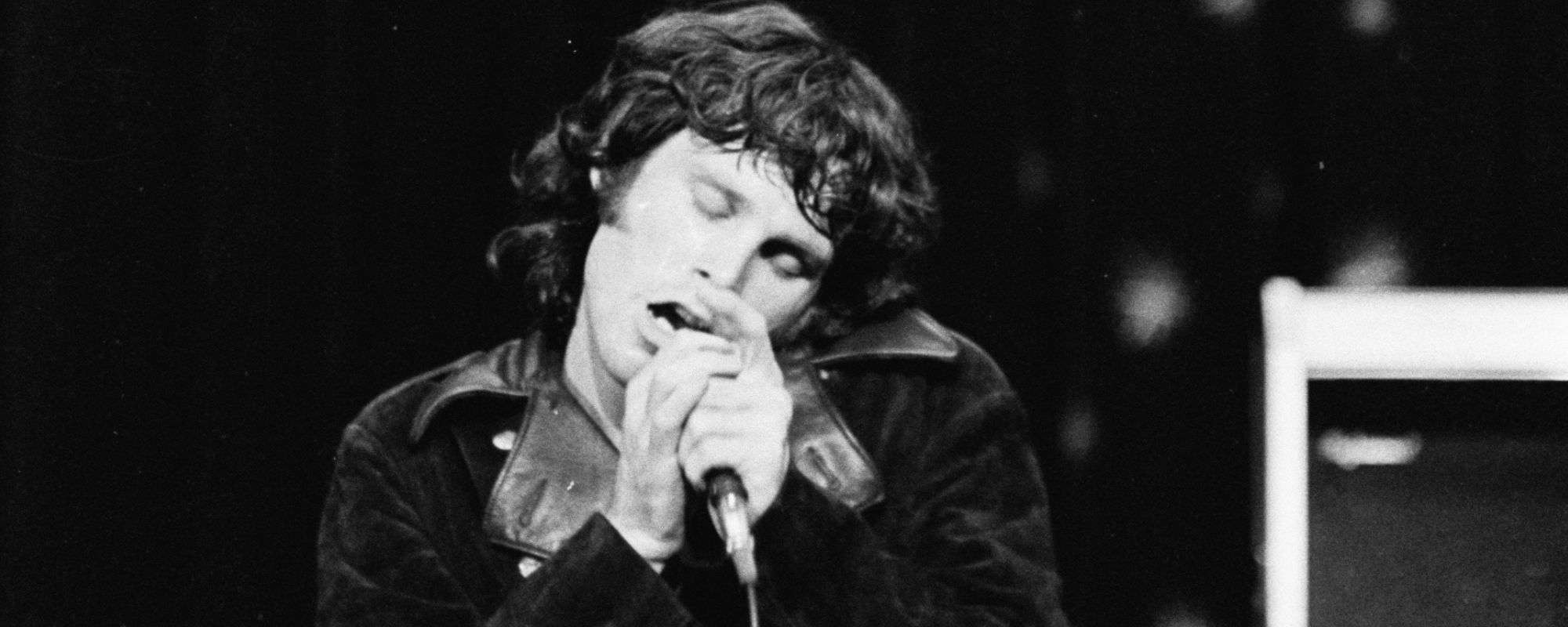
Few rock legends have inspired as many myths, rumors, and conspiracy theories as **Jim Morrison**, the enigmatic frontman of **The Doors**. Charismatic, poetic, and self-destructive, Morrison’s death in Paris on July 3, 1971, at the age of 27, shocked the world — and almost immediately gave rise to one of rock’s most enduring urban legends: that he faked his death and lived out his life in anonymity.
The theory, which gained traction in the mid-1970s, claimed that Morrison had staged his own death to escape fame and the pressures of stardom. To this day, pockets of believers continue to insist that “Mr. Mojo Risin” — Morrison’s famous anagram from *L.A. Woman* — was a coded message foretelling his rebirth under a new identity.
But for those who were closest to him, including the people who handled his affairs at the time, the idea was always absurd.
“I Buried the Man”
**Bill Siddons**, who served as The Doors’ manager from 1967 to 1972, has always been blunt when it comes to the rumor. In an interview reflecting on those events, Siddons dismissed the conspiracy entirely:
> “I buried the man, so those ‘Jim may be alive’ rumors never held any water with me. It was all hype for a book. Those were rumors started by people out to make a buck, like Danny Sugerman.”
Siddons was among the few people who traveled to Paris shortly after Morrison’s death was reported. He arranged for the funeral and personally saw to it that Morrison was laid to rest at Père Lachaise Cemetery — facts that make his testimony hard to dispute.
The photograph of Siddons and Morrison laughing together as they prepared to board a private plane in 1968 stands in sharp contrast to the somber reality of 1971. For Siddons, the speculation surrounding Morrison’s fate is more than just idle gossip; it’s a distortion of history and a painful rewriting of a tragic chapter.
The Man Behind the Myth
Ironically, the rumors that fueled the Morrison “death hoax” can be traced back to **Danny Sugerman**, a former Doors assistant who co-authored the bestselling 1980 book *No One Here Gets Out Alive* (often abbreviated as NOHGOA). The biography played a massive role in rekindling public interest in Morrison and The Doors, helping cement the singer’s mythic status in pop culture.
But Sugerman’s approach to storytelling — blending facts with mystery — had unintended consequences. Ten years after the book’s release, he admitted that the “Morrison is alive” angle was never meant to be taken literally.
> “I never believed that Jim was alive,” Sugerman said. “With the book, the idea was not to provoke the reaction that Jim was still alive. The idea was to end the book in a way that Jim would have appreciated. Jim always appreciated an ironic ending, like in *Moonlight Drive*: ‘Going down, down, down… gonna drown tonight,’ or in *Love Street* when he wrote: ‘I guess I like it fine… so far.’”
Sugerman explained that his intention was literary, not conspiratorial — to close the book with a poetic wink rather than a statement of fact.
“Mr. Mojo Risin” and the Power of Myth
Part of what made the rumor so captivating was Morrison’s own artistry. His fascination with identity, rebirth, and mysticism fed easily into the myth-making. The anagram “**Mr. Mojo Risin**” — famously chanted in *L.A. Woman* — became, for some, a supposed secret code suggesting that Morrison would one day “rise again.”
Sugerman admitted that his playful inclusion of that detail in the book only added fuel to the fire.
> “Putting in the ‘Mr Mojo Risin’ part about Jim using that name when he splits for Africa, that was my wink to Jim,” he said. “I never believed that millions of people would read that and honestly think that I was waiting around for a call from Jim.”
But that’s exactly what happened. *No One Here Gets Out Alive* became a massive bestseller, reviving Morrison’s legend for a new generation — and unintentionally birthing one of rock’s strangest conspiracy theories.
A Legend That Refuses to Die
More than five decades later, the myth persists. From online forums to fringe documentaries, believers still insist that Morrison escaped to live quietly somewhere in Africa or the American Southwest, free from the constraints of fame.
Yet, as Bill Siddons and countless others close to Morrison have reiterated, there’s no mystery to solve. The man who transformed rock music with his words and voice died in Paris in 1971 — but his spirit, and the mythology surrounding him, remain very much alive.
As one fan once wrote on Morrison’s grave at Père Lachaise: *“You gave us everything. What more could you have given?”*
In the end, perhaps the real reason the rumors never died is that Morrison himself always invited us to question reality — to walk that thin line between the seen and the unseen, the living and the legend.
Leave a Reply